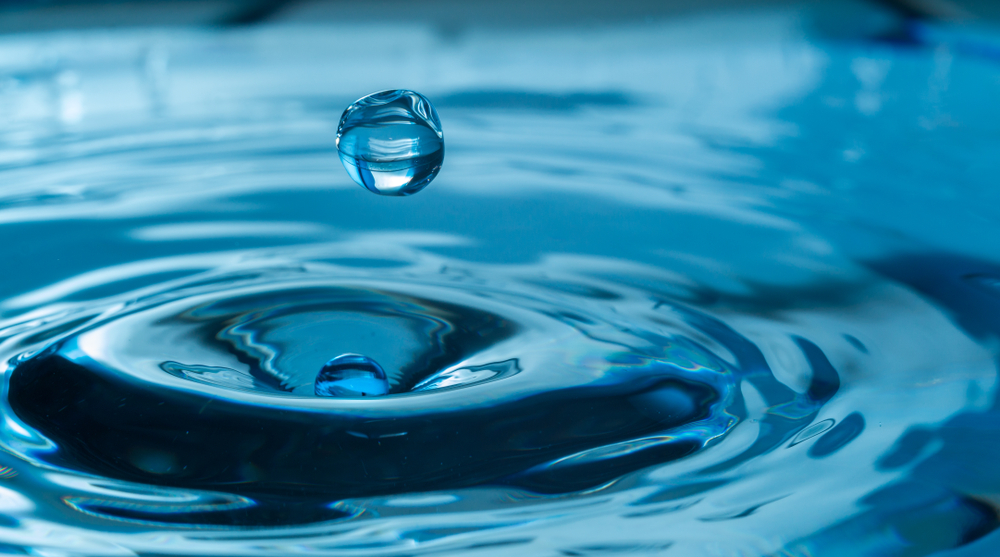Researchers at the University of California, San Diego, made an astounding discovery that could change the way we deal with water contamination. They developed a revolutionary “engineered living material” that promises not just effective pollutant removal but also sustainability and eco-friendliness.
The science behind the marvel
This ground-breaking substance blends a polymer derived from seaweed with genetically modified microorganisms. These bacteria have the amazing capacity to create an enzyme that can convert numerous organic contaminants into harmless compounds. The bacteria have been cleverly designed to self-destruct in the presence of theophylline, a naturally occurring chemical present in tea and chocolate. This strategy ensures that these microbes vanish after their mission is completed.
The UC San Diego researchers describe this inventive substance in a report published in Nature Communications, emphasizing its novel character. According to the study’s leader, Professor Jon Pokorski, “What’s innovative is the pairing of a polymer material with a biological system to create a living material that can function and respond to stimuli in ways that regular synthetic materials cannot.”
The power of interdisciplinary collaboration and invention
The interdisciplinary collaboration of engineers, materials scientists, and biologists at the UC San Diego Materials Research Science and Engineering Center (MRSEC) resulted in this impressive innovation. The team’s collaborative attitude enabled them to use their collective skills to create a living material with extraordinary potential.
The importance of this partnership was underlined by Susan Golden, a faculty member in the School of Biological Sciences, who stated, “Now we can think creatively about engineering novel functions into cyanobacteria to make more useful products.” The convergence of biology and materials science has ushered in a new era of environmental restoration.
The researchers employed alginate, a natural polymer generated from seaweed, to bring this living material to life. They coupled it with cyanobacteria, which are photosynthetic creatures that live in water. The final liquid was expertly fed into a 3D printer, where the researchers experimented with different geometric designs. They eventually landed on a grid-like structure that provided an ideal habitat for the cyanobacteria to thrive in.
This structure has a high surface area to volume ratio, which ensures that the majority of the cyanobacteria are situated near the material’s surface. That way, they may easily access nutrients, gases, and light. This increased surface area also improves the material’s efficiency in decontamination operations significantly.
As a proof-of-concept, the researchers genetically altered cyanobacteria to generate laccase, a decontaminating enzyme. This enzyme has been shown to be capable of neutralizing a variety of organic contaminants, including bisphenol A (BPA), antibiotics, pharmaceutical medicines, and colors. Their investigations demonstrated the material’s ability to decontaminate a water solution containing indigo carmine, an extensively used blue dye in the textile sector.
The established technique for eliminating the genetically altered cyanobacteria once they have fulfilled their duty is one of the most promising parts of this research. The introduction of theophylline, a naturally occurring chemical, causes the bacteria to create a protein that causes them to self-destruct.
The future of sustainable environmental cleanup
Professor Pokorski envisions a future in which biological materials can respond autonomously to environmental stimuli without the use of extra chemicals. “Our goal is to make materials that respond to stimuli that are already present in the environment,” he says.
Source study: Nature Communications— Phenotypically complex living materials containing engineered cyanobacteria











